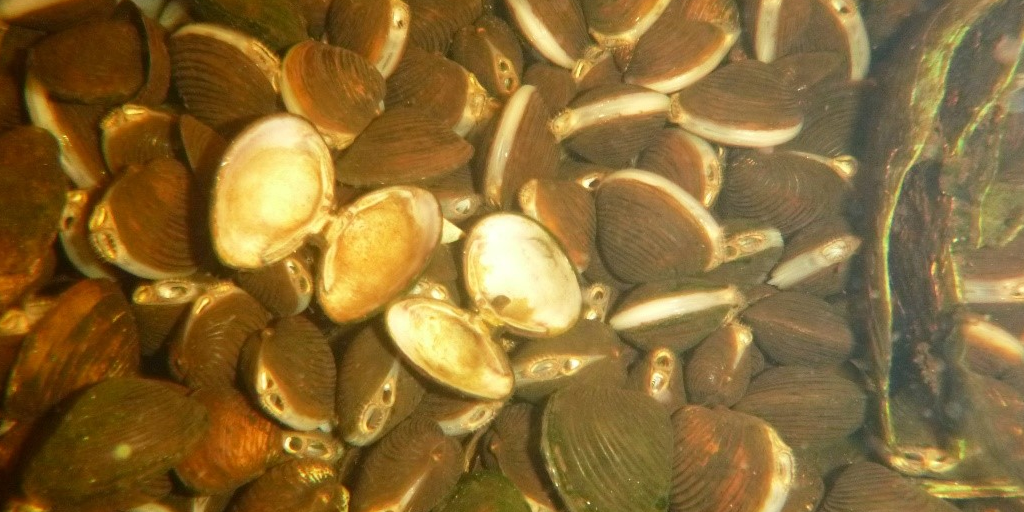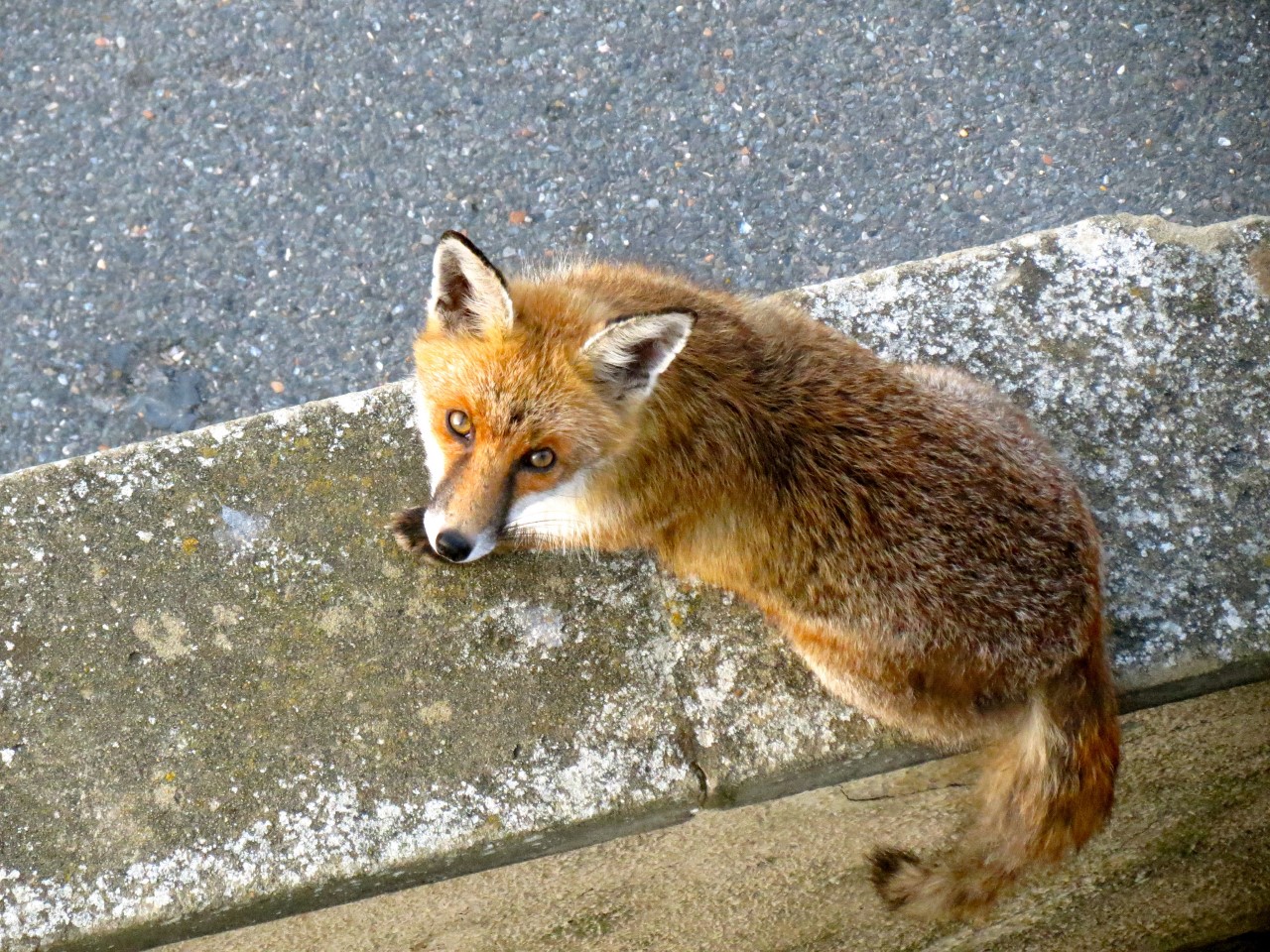This post by Maureen and Marcin is based on their paper in the November 2019 issue of Science of The Total Environment, “Thermal effluents from power plants boost performance of the invasive clam Corbicula fluminea in Ireland’s largest river”. (Penk & Williams, 2019)
The River Shannon is Ireland’s largest river, with a storied biological and cultural history. The River drains 20% of the country, running through the centre of the midlands while providing a source of power and water. The machinery used to generate power in most power plants, whether they’re nuclear, peat-fueled, or coal-powered plants, often heats up to extreme temperatures when the plants are running. To try to keep the machinery cool, many power plants today take water from local sources, use it to cool the generators, and then put it back out into the original source. Two of Ireland’s largest power plants, the Lough Ree Power Station and the West Offaly Power Station, use water from the River Shannon in this way, putting the water back into the river up to 10°C hotter than the River water. The warm water can change the structure of the aquatic community near the output, and our study shows that this increase in temperature gives a significant boost to the invasive Asian clam, Corbicula fluminea.
Continue reading “Invasive clams like it hot: heated water from power plants gives populations a boost”

